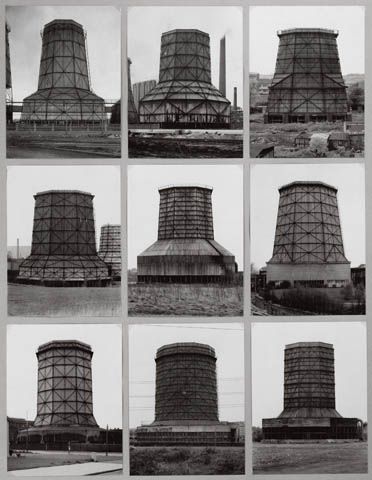This is what i've got so far, any help would be much appreciated.
"My project aims to address the ideas of reuse and disuse of the old and new regarding the architecture of Nottingham. My initial inspiration was the old Victorian lace mills which had either fallen into disrepair or been converted into student accommodation. What struck me about these buildings is that their current use (if they have one) is quite modest when compared to their dominating presence over the Nottingham skyline. Although these grand buildings instigated this project I intend to photograph smaller structures, such as houses, as well. I want to create documents about the industrial revolution and its legacy in Nottingham and this entails looking at what remains of the buildings that housed and entertained the workers of Victorian Nottingham. I will be looking at early photographs of Nottingham and I will look to re-photograph them myself. This will illustrate my ideas of change in Nottingham, in terms of architecture and also the society in which we live in today compared to that of the Victorian era. I will seek background information on the buildings that I photograph, such as past and present use etc.
I intend to use a simple digital work process. A DSLR and limited post production work will be enough to portray my ideas. I will be using digital because it will allow me to have a relatively quick turnaround of work in comparison to analogue. Also it will allow me to upload photographs to my blog and flickr account quickly.
The DSLR will allow me to have mobility and flexibility which will suit the way in which I intend to photograph my subjects, something which a larger format will limit me on.
My aim for this project is to result in a successful exhibition situated within the subject itself, the city of Nottingham. I also want to improve my digital workflow, although I have learned a lot about the digital process I have yet to put the majority of that into practice."
P.S. My laptop has decided to fail on me (why during a project focused around digital photography??), hopefully it will be fixed soon enough, I will try my best to give feedback via the blogs. I'll also try and get some photos up on flickr and here as well.











